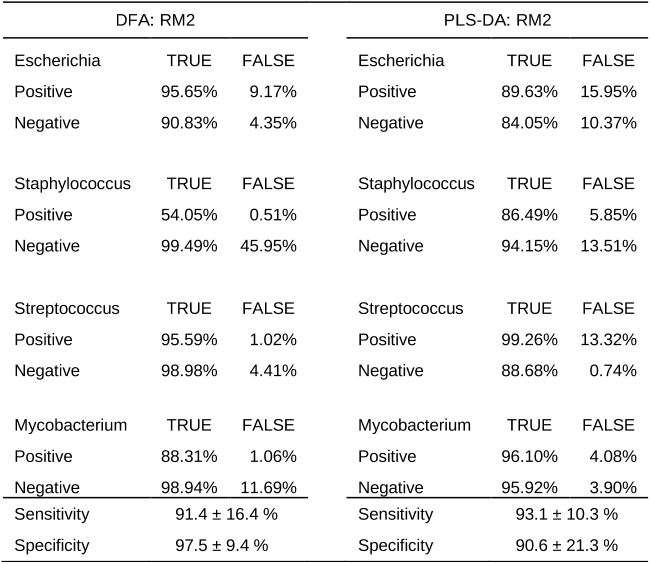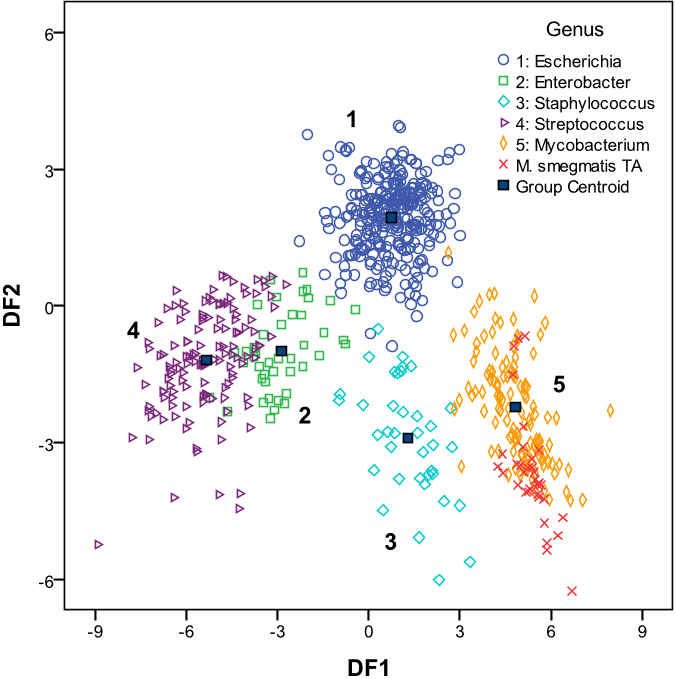Abstract: This paper reviews machine-learning methods that are nowadays the most frequently used for the supervised classification of spectral signals in laser-induced breakdown spectroscopy (LIBS). We analyze and compare various statistical classification methods, such as linear discriminant analysis (LDA), quadratic discriminant analysis (QDA), partial least-squares discriminant analysis (PLS-DA), soft independent modeling of class analogy (SIMCA), support vector machine (SVM), naive Bayes method, probabilistic neural networks (PNN), and K-nearest neighbor (KNN) method. The theoretical considerations are supported with experiments conducted for real soft-solder-alloy spectra obtained using LIBS. We consider two decision problems: binary and multiclass classification. The former is used to distinguish overheated soft solders from their normal versions. The latter aims to assign a testing sample to a given group of materials. The measurements are obtained for several laser-energy values, projection masks, and numbers of laser shots. Using cross-validation, we evaluate the above classification methods in terms of their usefulness in solving both classification problems.








